Gentle Reader,
Vitamins plus Life style, two topics that come up often.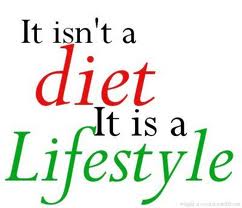
I was hiking with my friends on Wednesday, enjoying spring in the nearby foothills of the Cascade range. We just wait patiently for the high mountains to clear of the late spring snows. We had a rather heated discussion about vitamins and supplements for weight loss and maintaining good health as we all age. My three companions debunk the value of vitamins, echoing the media by calling them useless. I have written about this before. I love these ladies, but I found myself getting frustrated and unable to defend my heavy use of supplements. I honestly believe I would not be hiking (maybe even dead) if it weren’t for the Shaklee supplements I have been taking for the past 27 years.
Taking vitamins (spending lots of money on them) changed my life style when I first began in 1985. I had help from a nutrition expert soon after I began. I trusted my results. Later I started learning more about supplementation.
In doing some research this morning, I came across this little study done by Diane Petoskey, a nutritionist I heard several times in my early learning Here are some notes from a talk I attended.
Supplementation: how many calories do you need to ingest to get the optimal nutrition? In other words, can you get your nutrition from your food? This is a tough question to answer.
You need to burn off 3,500 calories more than you take in to lose 1 pound. This translates into a reduction of 500 calories per day to lose 1 pound in a week, or 1000 calories per day to lose 2 pounds in a week. From the CDC web site.
IF YOUR BODY DOESN’T RECOGNIZE THE SOURCE THAT THE NUTRIENT CAME
FROM, IT CAN’T GET INTO YOUR CELL.
Calcium: if it doesn’t have magnesium and other nutrients with it, (as it occurs in nature) the body can’t break it down.
Shaklee does research on how well its supplements are absorbed. If it can’t be assimilated by the system, it’s useless.
Spectrograph: an instrument to see the “finger-print” or “blueprint” of a nutrient. Synthetic Vita C (ascorbic acid—from mail-order, health food store, Wal-Mart, drug store)-picture a rectangular box with one line in the middle. Or a circle with one smaller circle inside it. Natural Vita C (from Shaklee)-picture a rectangular box with 25 lines in it-because 25 different nutrients make up natural Vita C. Or picture a circle with one smaller circle inside it with 25 loops coming out of the center like flower petals.
This is the “blueprint” of natural Vita C.
If you don’t absorb Vita C, it is excreted in the urine. Diane’s professor said that all supplements (synthetic and natural) were absorbed by the body-it was a waste of money to buy natural Vita C. So she devised a test with 2 groups of women. Each group recorded everything they ate and collected their 24 hour urine. (test lasted 2 weeks)
The first group of women received 1000 mg. of synthetic Vita C /day: 80% was excreted.

The 2nd group of women received 1000 mg. of natural Vita C/day: 1 woman excreted 20% and the rest of the women didn’t excrete any Vita C. In other words, it was all absorbed.
The professor didn’t believe Diane’s results and made her repeat the experiment. The results from the 2nd experiment were the same and the professor changed his thinking.
Recently I met a naturopath who works as a life style coach with her patients over the phone! We talked. Her name is Dr. Jody Stanislaw, ND. She gets to the bottom of a patient’s problems by analyzing their blood, hair, and perhaps stool and urine depending on the issues. Once the patient is on a program, Dr. Jody contracts with them for a full three months of weekly phone calls. She helps the person make the life style changes that are foundational to a healthier future. Some of her patients sign up for a second and third 3 month weekly phone call regimen. Dr. Jody sells supplements, the prescription kind, but that is not her primary income.
Dr. Jody appreciated my reminder that household and personal care products can contribute to causing asthma and allergy symptoms, as well as increase the overall toxic burden on the body. She was intrigued by the Shaklee Get Clean products and happy to be able to offer them to her patients.
Dr. Jody is not the first practitioner I have known who works over the phone for diagnosis and treatment. Dr. Richard Brouse, chiropractor and nutritionist, has been working with people in a similar way for many, many years. Since he uses Shaklee supplements and products (occasionally augmented with some prescription-only supplements, he has several hundred patients who use Shaklee. He will not work with people who refuse to use Shaklee, as he does not get results except with the Shaklee supplements. Dr. Brouse sells Shaklee from his office, but if a person already has a Shaklee distributor helping them with their buying decisions, he respects that. Selling product is not his primary source of income.
I have used Dr. Brouse for help with my vitamin plus life style routine. He is the person who recommended reversing osteoporosis by climbing 200 steps every day (carrying 10 pounds or more of weights as you go.) His analysis of my blood, stool sample and hair resulted in the supplement regimen I take today, with a few modifications I have made on my own. I did reverse osteoporosis even without daily stair climbing. I do climb stairs often and seek them out. Dr. Brouse has twice weekly open phone lines for clients to check in free of charge. The client must take the initiative.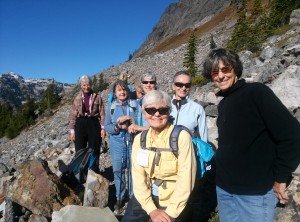
It turns out that my own business of supplying healthy products made by Shaklee to a wide variety of clients (from the Herb Lax users to the Basic H users and many in between) is about getting Shaklee into the hands of people who decide they want them. Sales of the products Shaklee makes provide my primary source of income. I do not charge for consultation or coaching. I am more of an educator and distributor and less of a wellness coach. I work by providing you with information, answering questions with the help of the experts and giving you the tools to order the Shaklee products on line as my customer.
The above health care practitioners have set up their practice to get paid for the time they spend with their client coaching them to make better choices and health giving changes in their lives. They get paid to be accountability coaches. I am happy to recommend Dr. Brouse to you for hands on guidance because I have been his patient myself and like the results I have had. I am getting to know Dr. Jody and encourage you to get in touch with her if you think she is the right life style coach for you. www.DrJodyND.com
If you want to change your health through natural means, chances are the life style and vitamin changes you need to make are difficult. They were very difficult for me. If you are used to having a glass of wine and some nuts before dinner and you are trying to lose weight, you might want to look at that habit and figure out a way to change it. This was one of my challenges as my husband and I enjoyed the ritual of a glass of sherry while we cooked. It helped me to put water and a slice of lemon in stemware and a bowl of carrot nibbles where I could reach them, so the ritual remained but the contents were consistent with long term healthy weight maintenance. A little thing. Little changes add up. Vitamins plus life style bring health for the future.
Be well, Do well and Keep Moving,
Betsy
PS: if you contact either Dr. Brouse or Dr. Jody, I’d love to know how it went and how I can support you from the product end of things, plus more education.
PPS: pass this along to people who might benefit.



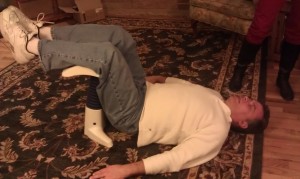
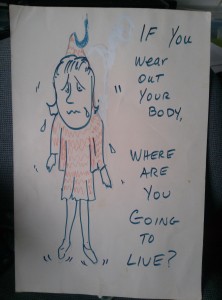
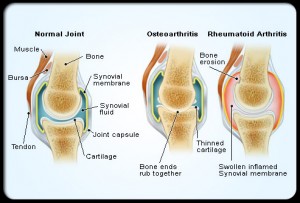
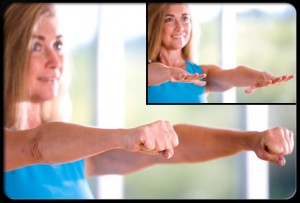
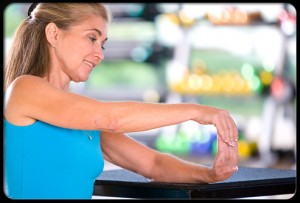
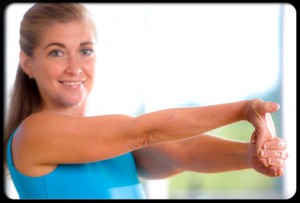
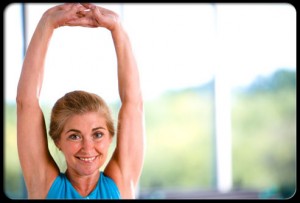
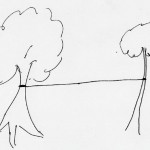 The rope is the perfect length to attach to a flexible tree without bending the second tree. You can imagine if you pulled on the rope the flexible tree would bend over, and if you let go of the rope, the flexible tree would stand up straight again. This is a simple explanation of how a muscle pulls on a bone and causes the joint to move.
The rope is the perfect length to attach to a flexible tree without bending the second tree. You can imagine if you pulled on the rope the flexible tree would bend over, and if you let go of the rope, the flexible tree would stand up straight again. This is a simple explanation of how a muscle pulls on a bone and causes the joint to move.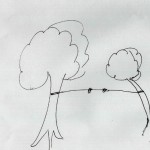 If you then tried to stretch the rope so the flexible tree was standing straight, you would cause the knot to get tighter and the remaining rope would have to overstretch on both sides of the knot in order for the flexible tree to stand up straight.
If you then tried to stretch the rope so the flexible tree was standing straight, you would cause the knot to get tighter and the remaining rope would have to overstretch on both sides of the knot in order for the flexible tree to stand up straight.